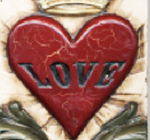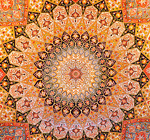
the alternative x'mas gift list
If you have become disillusioned with the commercialism of Christmas, why not try doing the alternative Christmas Gift Route. The idea is you pick a gift that is ...
More




the alternative x'mas gift list
If you have become disillusioned with the commercialism of Christmas, why not try doing the alternative Christmas Gift Route. The idea is you pick a gift that is ...
More

sid dickens blocks of memory
If you are looking for something other than paintings to dress up your walls, take a chance on Memory Blocks by Sid Dickens. These plaster tiles are all individually ...
More

give your carpet some love
A handmade oriental carpet is one of the most versatile accessories you can decorate your home with. The richness of the pile and colours can give a simple room ...
More